Search Images
Browse Content (p. 360)
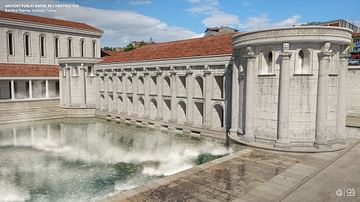
Image
Basilica Therma, Sarıkaya, Turkey - Digital Reconstruction
A digital reconstruction of what the Basilica Therma in Sarıkaya, Turkey may have looked like. Reconstruction created by NeoMam Studios, commissioned by QS Supplies.
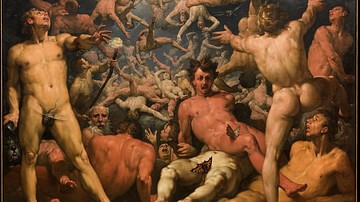
Image
The Fall of the Titans
The Fall of the Titans, oil on canvas by Cornelis van Haarlem, c. 1588-90
Statens Museum for Kunst, Copenhaen.
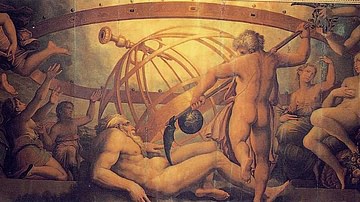
Image
The Mutilation of Uranus by Saturn (Cronus)
The Mutilation of Uranus by Saturn, showing Cronus (Saturn) castrating his father Uranus, the Greek sky god before Zeus, oil on panel by Giorgio Vasari, 16th century.
Palazzo Vecchio, Florence.
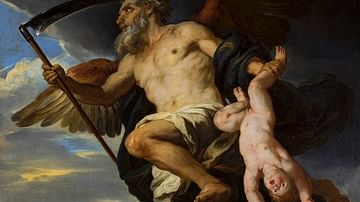
Image
Chronos and His Child by Giovanni Francesco Romanelli
Chronos and His Child by Giovanni Francesco Romanelli, National Museum in Warsaw, a 17th-century depiction of Titan Cronus as "Father Time," wielding a harvesting scythe.
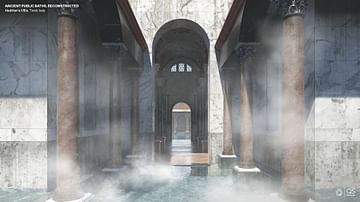
Image
Baths at Hadrian's Villa, Tivoli, Italy - Digital Reconstruction
A digital reconstruction of what the at Hadrian's Villa in Tivoli, Italy may have looked like. Reconstruction created by NeoMam Studios, commissioned by QS Supplies.
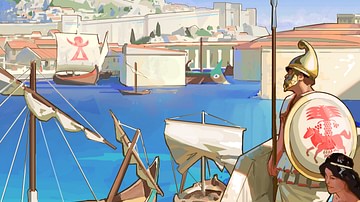
Image
Carthage - Artist's Impression
Artist's impression of what the ancient city of Carthage may have looked like, with Carthage's famous military harbour (also known as Cothon) in the background. Created by Amplitude Studios for the video game Humankind.
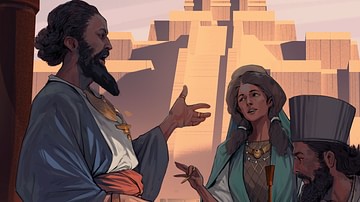
Image
Achaemenid Persian Market Scene
Artist's impression of what a market scene may have looked like in the Achaemenid Persian empire. A ziggurat constructed prior to the Achaemenid period is visible in the background. Created by Amplitude Studios for the video game Humankind.
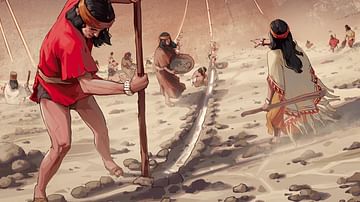
Image
Nazca Lines Creation
Artist's impression of how the Nazca people may have constructed the famous Nazca Lines. Created by Amplitude Studios for the video game Humankind.

Image
Bob Brier
Bob Brier, the author of Tutankhamun and the Tomb that Changed the World.
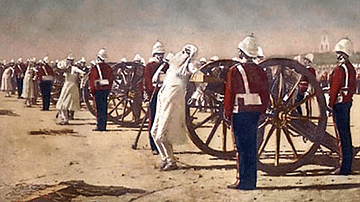
Image
British Executing Prisoners Using Cannons
A late-19th century painting showing British soldiers executing prisoners by tying them to a cannon and firing the weapon. This type of execution was not uncommon, particularly after the Sepoy Mutiny in India (1857-8)